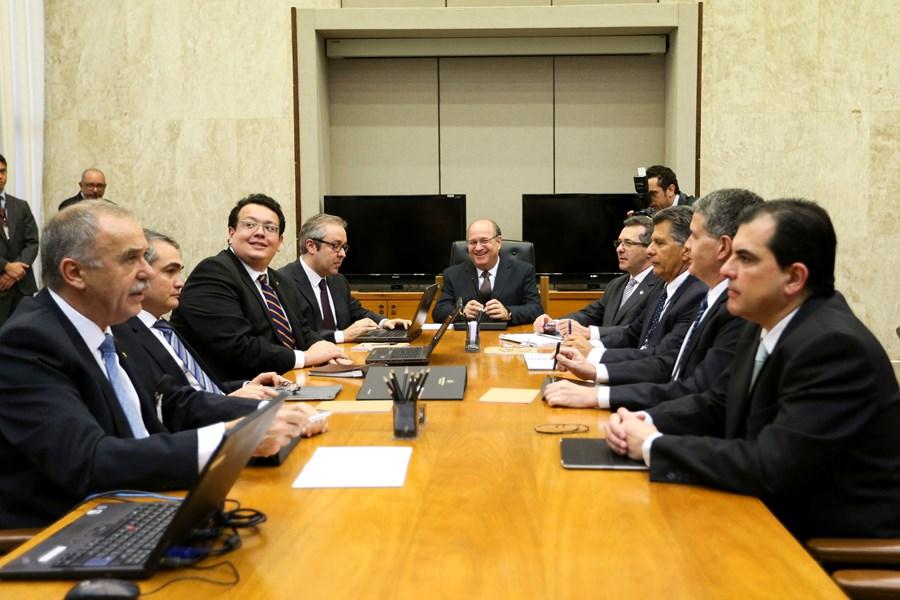RIO DE JANEIRO, BRAZIL – The Monetary Policy Committee (Copom) of the Central Bank of Brazil revealed on Tuesday, January 27th, that it has begun to consider the possibility of cutting back on the “extraordinary” monetary stimulus it put in place due to the novel coronavirus pandemic.

“Some members (of the committee) wondered whether it would continue to be appropriate to maintain the extraordinarily high degree of stimulus, given the normalization of the functioning of the economy seen in recent months,” according to the just released minutes of Copom’s meeting last week, at which members decided to maintain the benchmark interest rate at 2 percent annually.
“These members believe the Copom should consider the possibility of starting a partial normalization process, reducing the ‘extraordinary’ degree of monetary stimulus,” the document said.
However, the committee believes that despite some “normalization” in the functioning of the economy, “the environment of uncertainty regarding the prospective dynamics of the main economic variables continues to be higher than usual.”
Committee members agreed to put off a decision on adjusting the stimulus until they receive the latest reports on “the evolution of the pandemic, economic activity and fiscal policy.”
“The benefits of waiting for these announcements to decide the next steps of monetary policy outweigh the costs. For this reason, Copom has seen fit to maintain the extraordinarily high degree of monetary stimulus at this time,” the document said.
Copom began the process of reducing the benchmark interest rate at the beginning of 2017, when it was at 13 percent annually, until it reached 6.5 percent in March 2018, a level it maintained until June 2019.
Then a new cycle of monetary easing began, which accelerated with the onset of the pandemic in March 2020, bringing the benchmark interest rate down to 2 percent annually in August, the lowest level in the country’s history.

